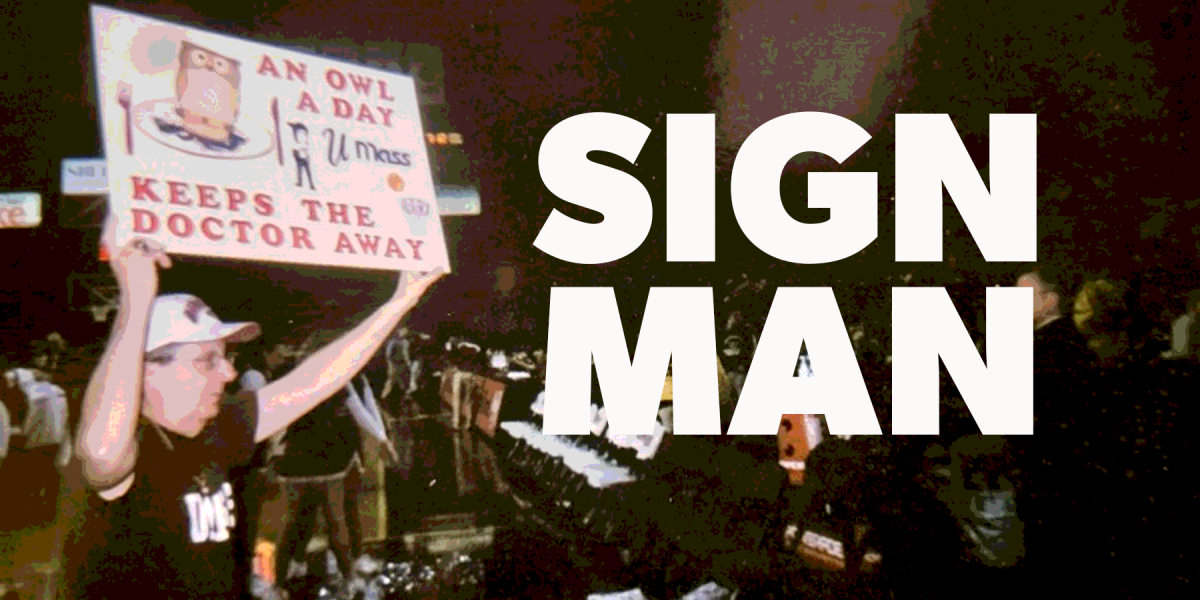Diversity is taken seriously at the
According to the UMass website, ‘UMass Amherst rigorously seeks ways to highlight and celebrate its diversity ‘hellip; You’ll find friends and neighbors from a range of backgrounds, differing in ethnicity, race and religion, the region or country they came from, the languages they speak, their sexual orientation, and their economic background.’
What the brochures don’t prepare you for is unpacking your bags in Northeast and having a hall-mate say, ‘welcome to the Asian section.’‘ Or that first cafeteria conversation when someone explains to you the break-down of the different sections of UMass, from Sylvan to Southwest.
Despite what the website says about diversity at UMass, students still tend to stick mostly with people of their own race. The student body is statistically diverse; of the 19,373 undergraduate students on campus in 2009, 19.4 percent are ALANA, or minority, students.
But are we integrated, really?
Wadia Samadi, a second-year international student from
Given a choice between sitting at a table of Afghan students and a table of American students, Wadia says she would sit ‘most probably with the Afghans, because that is where I automatically feel I’d fit in due to the fact that we share the same culture and language.’
I wondered, if I had walked into the cafeteria, not knowing a single person, and had to choose between sitting at a table of all white students and a table of all black or Asian or Afghan students, which would I choose? Probably, I had to admit, the table of all white students. It’s not a conscious act of racism, but subconsciously I would assume that the people who looked like me, talked like me and dressed like me would be more likely to like and accept me than the people who didn’t.
Wilhemina Agbemakplido, a sophomore at UMass, says that students self-segregate because ‘it’s easier. I think it’s a human thing to want to be with people of your own kind. You don’t have to think so much about what you say, or whether it will offend someone.’
Being a minority is uncomfortable. It’s exhausting to have to fight cultural differences all the time. So we retreat into our groups, because it’s easy, because it’s safe, because a lot of the time ‘- it just makes sense.
Is it wrong for people to be more comfortable with members of their own race and to seek a community with the people with whom they feel they have the most in common? Is that really something to feel guilty about?
It’s not wrong, but it can be dangerous. It’s dangerous because the less familiar we are with people of a different race, the less comfortable we are with them. It’s easier to demonize a group of people when you have no contact with them and know nothing about them.
What begins as voluntary segregation in the dorms and cafeterias has the potential to lead to worse ‘- and possibly involuntary ‘- forms of segregation.
My freshman year in college, I roomed with a girl from
the part of the students. Probably it was a little of both.
Racism is more blatant in the South than it is in the North, but people are also more open about it. Northern racism is subtler and our means of segregation are subtler. Instead of segregated classes, we have segregated communities.
Even in the residential areas on campus, you can see the breakdown of different racial groups. According to Agbemakplido, self-segregation in residential life happens ‘a lot. All the Asians live in Northeast, the blacks in Southwest, the whites in Central and Orchard Hill. I live in Central and there are only five, maybe 10, other black students in my building.’
No one ever says that they decided to live in Northeast because it’s Asian-friendly. Or that they chose Orchard Hill because they really wanted to live with white people. But even before we get to campus, most of us have already heard the stereotypes. The segregation continues beyond college. If you were to ask your parents why they chose one community over another, they would never say it was because of race. They would say the schools were better, the housing was more affordable or it was closer to family.
Yet, still we wind up with these segregated communities.
We don’t choose where we grow up, who lives in our neighborhood or the kind and color of the people we go to high school with. But we can choose who we sit with in the cafeteria and who we talk to in classes.
These things happen, and no one ever talks about them. If we can’t speak honestly about race on this campus, we might wake up one day and realize that the segregation we thought was voluntary isn’t.
Rachel Dougherty is a Collegian columnist. She can be reached at [email protected].






